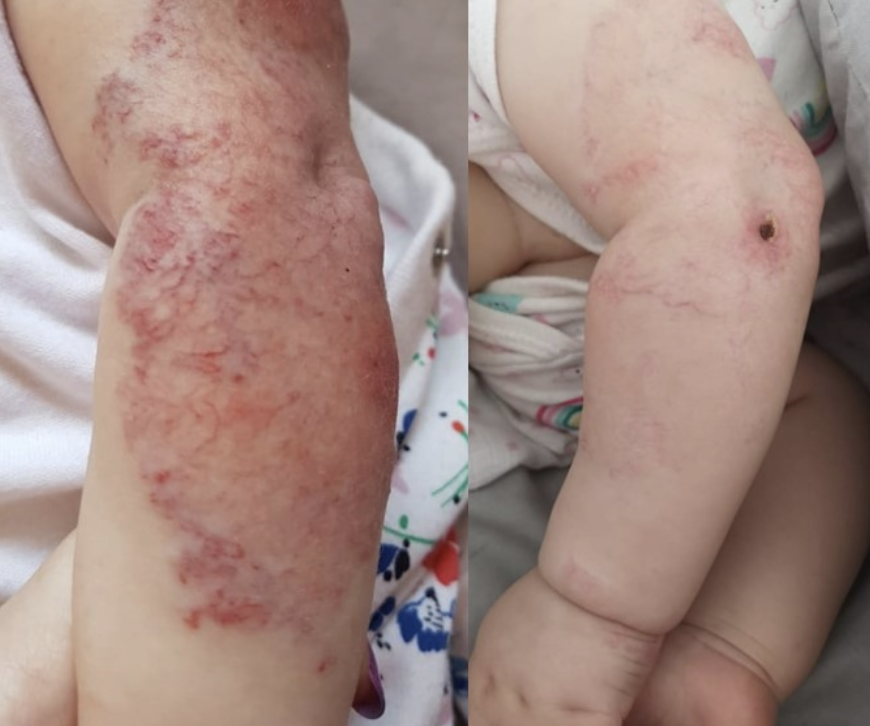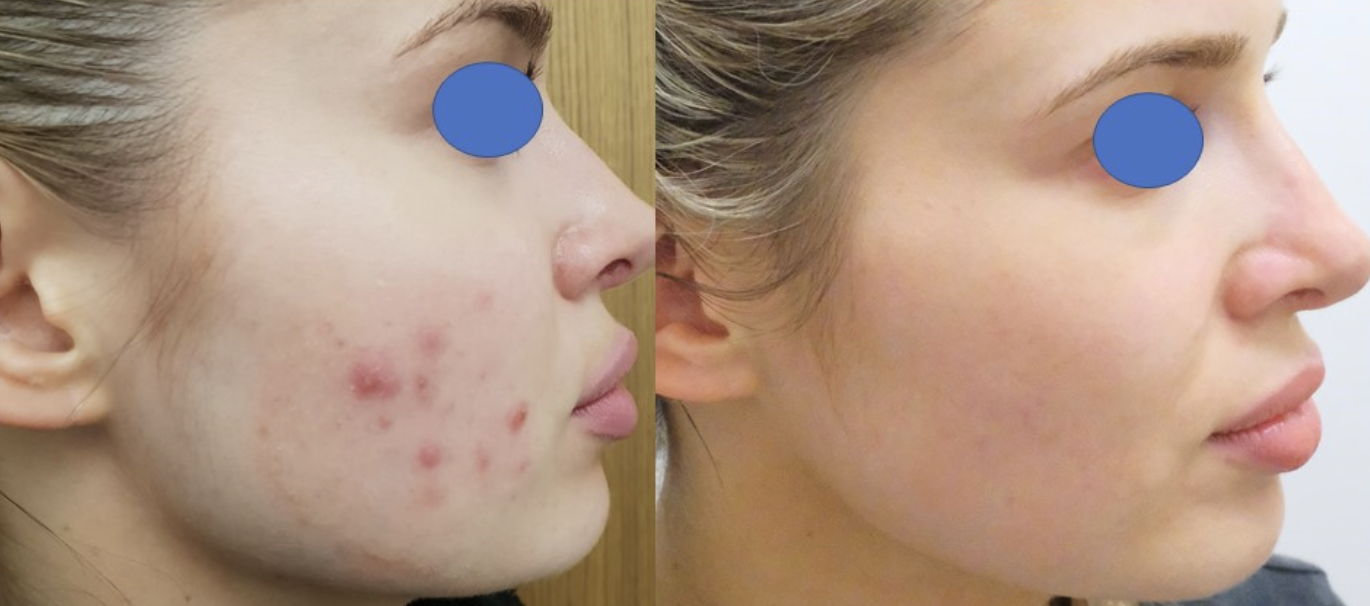Mohs Surgery
Treatment
Mohs surgery, also called Mohs micrographic surgery is a highly specialised surgical technique in skin cancer surgery. Mohs surgery was named after its inventor Dr Frederic Mohs described the procedure almost a century ago. The technique is a daytime procedure that ensures complete removal and clearance of skin cancer before the resultant wound is surgically closed. The difference between Mohs surgery and standard excision surgery for skin cancers is that the latter removes the skin cancer surgically and closes the resultant wound whilst the sample is sent to the lab for complete analysis. The key important factor is to ensure that the entire margins of the skin cancer are removed. In some cases the result might show there is still some skin cancer left behind which is only visible under the microscope.
The technique of Mohs surgery is based on the removal of the visible skin cancer and immediately assessing it under the microscope. This is performed slightly different than standard excision allowing for a complete evaluation of both the vertical and horizontal planes of the tissue that is removed. In the event that some small foci of skin cancer is left behind then some more tissue is taken out surgically and assessed until it is ensured that the entire skin cancer is removed and the margins are free. This means that the patient will stay in the clinic whilst this whole process takes place and complete clearance can be achieved in a single visit. Once the tumour is all cleared then the dermatologist will close the resultant wound. In surgical terms this is called post Mohs surgery wound reconstruction.
Mohs surgery is primarily used in one type of skin cancer called basal cell carcinoma which is also the commonest type of skin cancer among fair skin individuals. There are several subtypes of basal cell carcinoma with some more invasive and locally aggressive than others. Mohs surgery for basal cell carcinoma is particularly recommended in the aggressive subtypes and when basal cell carcinoma affects the face and in particular around the nose, mouth, eyes and ears.
Professor Firas Al-Niaimi is fellowship trained in dermatologic surgery and has performed research on Mohs surgery and published many scientific medical articles on this subject. These articles can be found in the publications section of the website.
FAQs
Non-melanoma skin cancers can be treated with Mohs surgery with basal cell carcinoma being the commonest indication for Mohs surgery.
Yes Mohs surgery does not require any hospitalisation and can take anywhere from 2 to 6 hours depending on the extent of the tumour.
Mohs surgery is a highly specialised form of skin surgery and is performed by dermatologists who are fellowship trained in Mohs surgery.
In most cases no but you should declare all the prescribed and over-the-counter medication that you take prior to the procedure for a complete evaluation.








